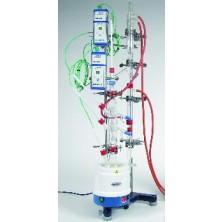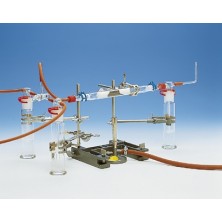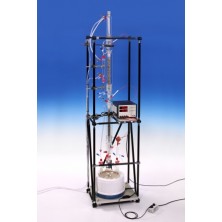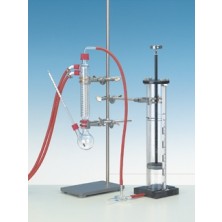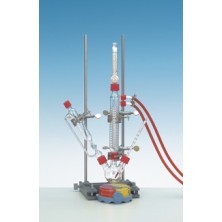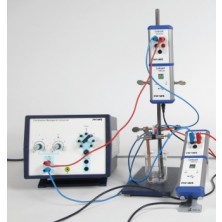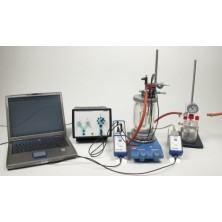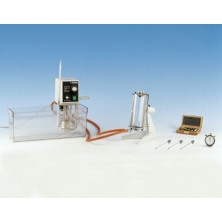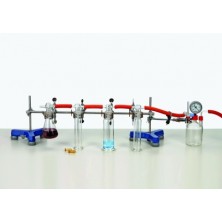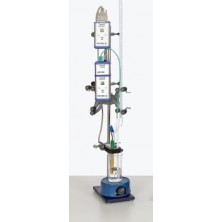
Determination of the isoelectric point of various amino acids with Cobra4
Item no.: P4120160 Principle Amino acid molecules carry both acid and amino groups. They can therefore form both acidic anions and basic cations. The pH at which these two types of iones are both present in the same concentration is called the isoelectric point. Tasks This isoelectric point is to be determined by recording the

